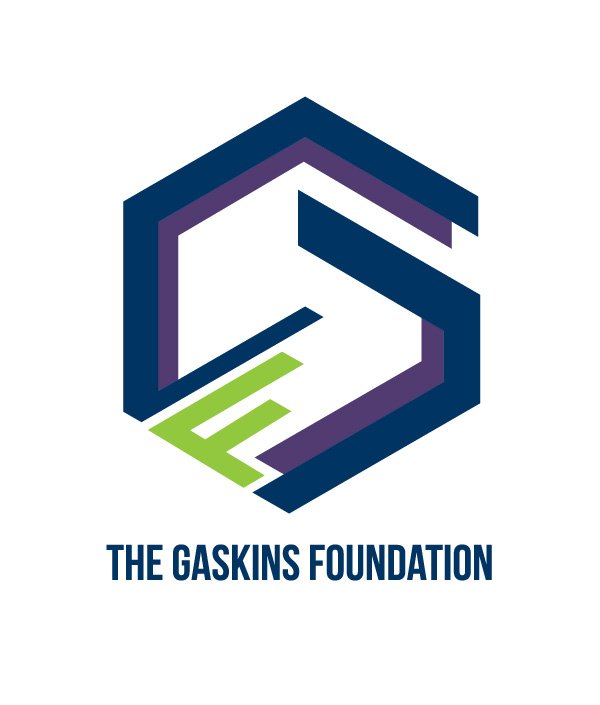Fellowship Portfolio · Impact Strategy
The Gaskins Foundation advances the belief that education is health. Using STEM as the intervention, we strengthen the social determinants of health through our PEP (Present → Engage → Prepare) model and the ACY initiative.
About The Gaskins Foundation
We envision every person living a healthy life. We focus on education—particularly STEM education—as the determinant that uplifts all others: economic stability, neighborhood & physical environment, food, community, and healthcare.
Our Thesis
- Education is Health: Community-driven STEM learning builds critical thinking, confidence, and employability—improving every pillar of SDOH.
- Pathway to Prosperity: STEM careers drive earnings, stability, and community well-being.
Service Delivery
- We use Community-Based Participatory Action Research to co-design with families, churches, and schools.
- Programs run in community sites (churches, museums, labs), not just classrooms.
Signature Programs
- EPICC (church-based, family STEM)
- STEMulates Saturdays (grades 4–6)
- Young STEMinistas (7–career mentoring)
- Heart to Heart (health + CPR credentials)
PEP Flow & ACY Initiative
PEP is our developmental flow—Present → Engage → Prepare—through which the ACY initiative moves learners from awareness to employe-acy.
Present (K–3)
Curiosity & awareness through literacy and play-based STEM.
Engage (4–6)
Hands-on numeracy, coding basics, and real-world projects.
Prepare (7–Career)
Science literacy, vocacy, employe-acy, mentoring, and credentials.
The ACY initiative ensures learners build durable skills for a changing technological workforce while developing critical thinking to navigate health, information, and career decisions.
Education—especially STEM—raises earnings and resilience.
STEM careers enable mobility and investment in safe spaces.
The central determinant we address directly.
Prosperity improves access to nutritious, stable food options.
STEM identity builds agency and civic engagement.
Higher earnings & literacy improve access and outcomes.
Fellowship Assignments
Assignment #1 · Problem Analysis
CompleteSocial problem, focal problem, 5 Whys, weak brick, and points of leverage.
Assignment #2 · Impact Strategy
In progressTheory of change, logic model, and experiment/RAT design.
Assignment #3 · Implementation Plan
PlannedRoadmap, roles, budget, and partnership plan to scale.
Assignment #4 · Evaluation & Learning
PlannedKPIs, data model, CBPAR cadence, and learning agenda.
Logic Model & Theory of Change
Logic Model (Summary)
- Inputs: People, partners, curriculum, funding, spaces, data.
- Activities: PEP-aligned sessions across ACY; mentoring; credentials; CBPAR cycles.
- Outputs: Participation, partners, artifacts, credentials, mentor matches.
- Outcomes: Identity, literacy/numeracy/digital gains, readiness, persistence.
- Impact: Healthy lives via education-driven prosperity.
Theory of Change
If we deliver community-rooted STEM education through PEP, moving learners through ACY from literacy to employe-acy, then they gain skills, confidence, and opportunity—strengthening every social determinant of health—so that every person can live a healthy life.
Download DiagramExperiments & RATs
RAT #1 · Community-Rooted vs Classroom
Hypothesis: PEP–ACY community delivery improves STEM identity by ≥20% over 6 months.
Measures: Identity scale, pre/post literacy & numeracy, employe-acy self-efficacy.
ProtocolRAT #2 · Mentoring Density
Does 2+ mentor touches/month increase persistence to advanced math?
Measures: Course enrollment, attendance, GPA trends.
ProtocolRAT #3 · Credential Impact
Do micro-credentials (CPR/coding) boost employability and scholarships?
Measures: Interview callbacks, scholarship awards, resume strength.
ProtocolKPIs & Learning Agenda
Learning Agenda
- Which PEP activities most strongly predict ACY gains?
- What mentoring density maximizes persistence in math/science?
- How do micro-credentials shift employability outcomes?
- What partnership features correlate with retention and access?
Data & CBPAR Cadence
Quarterly dashboards; pre/post assessments; focus groups; co-design reviews with parents, pastors, and teachers. Disaggregate results (race, gender, school, ZIP) to drive equity decisions.

